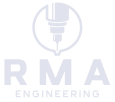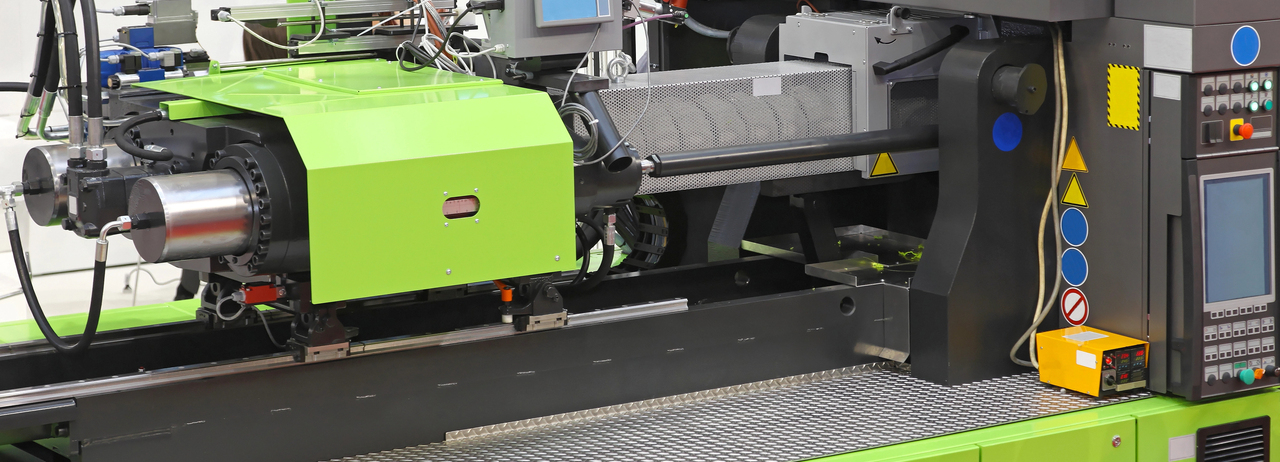
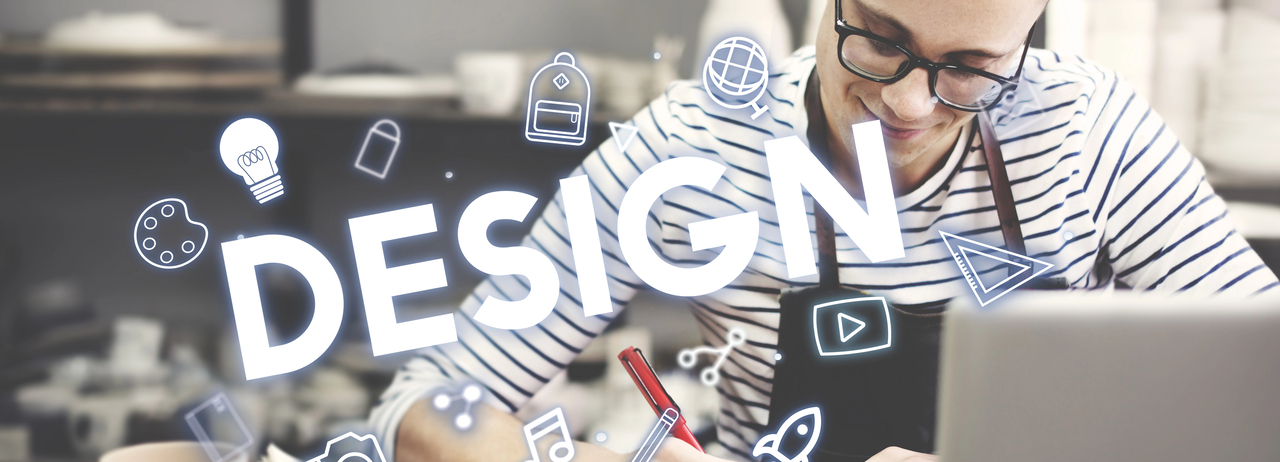
Launching a new product today demands more than a creative idea. Understanding how to design a product that truly connects with users is the key to lasting success. Companies that focus only on appearance often miss the deeper needs of their customers.
Effective design starts with knowing what users value and translating that into a product that fits both function and feeling. A thoughtful approach bridges the gap between a good concept and a market leader. It will pave the way for strong user engagement and brand loyalty.
Understanding the User Before Designing
Many businesses begin the product design process without fully studying their users. This can lead to products that look appealing but miss important user needs.
Understanding the user requires direct research such as interviews, surveys, and observation. It is important to discover what users struggle with and what they desire in a solution.
Studying user behavior early in the process saves time and money later. It creates a clear picture of the problem your product must solve. Designing with these insights allows you to create experiences that feel natural and meaningful.
Building the Right Functionality First
Many products lose market attention because they focus too much on looks without delivering strong functionality.
An impressive appearance will not keep customers satisfied if the product does not perform well. Building functionality first means creating a product that solves a real-world need before thinking about style.
A strong product design starts with mapping user journeys, identifying the core tasks users want to complete, and making those experiences simple. Every feature should serve a purpose. Tools like wireframes and prototypes allow you to test functionality early. Changes made at this stage are much easier and cheaper than after launch.
Companies that put function first often find that aesthetic improvements come naturally afterward, shaped around a product that users already trust.
Keeping the Design Simple and Intuitive
Simple products almost always outperform complicated ones. A common mistake during design is trying to offer too much, which results in a confusing experience. When users need a manual or tutorial just to begin, they are more likely to abandon the product.
Good product design removes unnecessary steps. It guides users with clear layouts, easy navigation, and obvious actions. Each decision must reduce friction and build confidence. Using familiar design patterns helps users feel comfortable right away.
Professional product design services focus on simplifying ideas without losing their impact. At RMA Engineering, LLC, we approach every project by stripping complexity away and allowing the true value of a product to shine.
Blending Visual Appeal with Practicality
Visual design plays a powerful role in a product's first impression. However, visual choices must always support usability. Colors, typography, and layout choices must make the product easier to use, not just attractive.
A great-looking product that confuses users will fail quickly. The best designs create harmony between appearance and function. For example, choosing high-contrast colors can improve readability. Meanwhile, a clean layout can direct users to important features without overwhelming them.
When designing the visual aspect of a product, every choice should answer two questions: Does this support the user’s goal? Does it make interaction easier? If not, it should be rethought or removed.
Testing Early and Testing Often
Waiting until late stages to test a product can lead to costly redesigns and lost opportunities. Early testing uncovers flaws that developers and designers might miss. These can include confusing layouts, overlooked user needs, or performance issues.
Testing does not have to involve a full product. Early sketches, basic models, and simple clickable prototypes offer enough for real users to give feedback. It is better to discover a flaw when it can be easily corrected than after full production begins.
Incorporating feedback loops throughout the design process refines the product continuously. It also brings fresh insights that lead to innovation and better market fit. Teams that value ongoing testing build products that are not only strong at launch but continue to improve after release.
Aligning Product Design with Market Trends
Designing a product without awareness of the broader market often leads to failure. Markets shift based on user expectations, emerging technologies, and industry standards. Successful products find ways to meet current needs while preparing for future demand.
Researching market trends before and during the design process highlights features that may soon become necessary. For instance, rising interest in sustainable materials, smart technology integration, or minimalistic design preferences could influence how your product is received.
Studying competitors also offers important insights. It identifies what users expect as basic features and where gaps exist. Innovation often comes from improving areas that competitors overlook. Products designed with both present and future relevance often stand out as leaders, not followers.
Balancing Innovation with Familiarity
While innovation is vital, going too far can confuse or alienate users. Products must introduce fresh ideas without making users feel lost. Familiar touch points—such as common icons, layouts, or gestures—build immediate comfort, while innovative features offer new value.
Balancing the two begins with a clear understanding of core functionality. Do not change familiar interactions without good reason. Instead, layer new experiences around well-known foundations.
Products that combine fresh innovation with intuitive use often build the strongest loyalty. Users feel rewarded for exploring new features without feeling overwhelmed. This strategy makes adoption smoother and promotes faster word-of-mouth growth.
Planning for Scalable Growth
A product that meets initial goals may still fail if it cannot grow with user needs. Good design considers how products might expand. Scalability includes handling more users, adding new features, or adapting to new markets.
This mindset should be built into early design stages. Flexible frameworks, modular features, and adaptable layouts make it easier to update a product without starting over. Ignoring scalability often leads to expensive redesigns later or limits business opportunities.
Products designed for growth are more attractive to investors, partners, and new customer segments. A vision beyond the first version signals professionalism and long-term planning. It also demonstrates a respect for users who will stay loyal as the product evolves to meet their expanding needs.
Integrating User Feedback Beyond Launch
Many companies gather feedback during initial development but stop listening after launch. This mistake allows small issues to become major problems.
Products must adapt as users interact with them in real-world conditions. Ongoing feedback loops should be part of a living design strategy. Channels such as surveys, customer service data, usage analytics, and community forums offer daily insights into user behavior.
Tracking how users actually use the product often reveals unexpected patterns. Features you thought were key might go unused, while small functions might become vital. Fast response to real-world feedback strengthens trust and improves satisfaction. Treating launch as the beginning—not the end—of design work, businesses build products that remain valuable long after they first hit the market.
Investing in the Right Tools and Expertise
No matter how strong an idea is, poor execution will limit its success. Even the most innovative concepts can fail if the design process is rushed or handled without the right tools and expertise.
Using outdated design software, skipping usability testing, or neglecting proper engineering standards introduces risks that could otherwise be avoided. Mistakes made early in the design stage often lead to larger, more expensive problems during manufacturing or after launch.
Modern design software plays a vital role in strengthening a product’s foundation. It enables faster prototyping, more accurate simulations, and real-time team collaboration across different specialties. Advanced tools allow teams to visualize complex systems, spot potential flaws before production, and refine ideas efficiently.
Equally important is working with seasoned professionals. Skilled engineers, designers, and manufacturing experts bring real-world experience that sharpens every stage of development. They know how to translate a basic concept into a high-performing product that resonates with users.
Building the Foundation for Long-Term Success
Designing a product that stands out is not about chasing trends or adding flashy features. It begins with understanding real user needs and balancing innovation with familiar experiences. It requires a steady focus on simplicity, functionality, and future growth.
True success comes from planning beyond the first launch, responding to feedback, and treating design as a continuous process, not a one-time event. Thoughtful design choices, grounded in research and real-world testing, lay the foundation for products that grow, adapt, and lead the market.
At RMA Engineering, LLC, we specialize in transforming ideas into functional, high-quality products. Our comprehensive range of services includes rapid prototyping, online 3D printing, design services, and post-processing—each tailored to meet the unique needs of startups, inventors, and businesses alike. Whether you’re refining a concept or preparing for full-scale production, our team is equipped to deliver innovative results with accuracy and efficiency.
From concept to completion, we partner with you at every stage of the process. If you're ready to take the next step in product development, explore our services and see how RMA Engineering, LLC can bring your ideas to life. Contact us today to get started.
Recent Posts

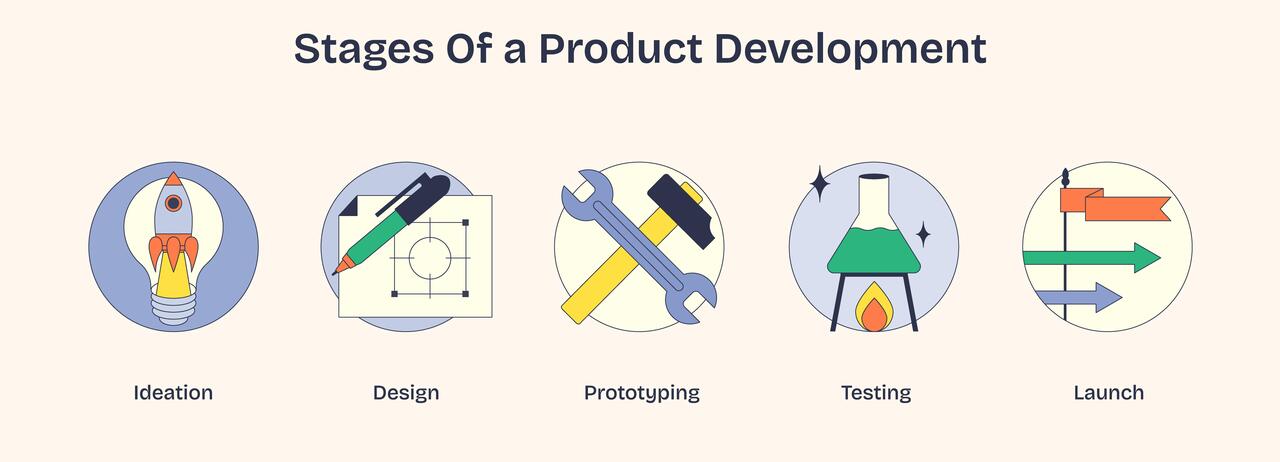
The Key Stages Of Product Development: A Complete Guide
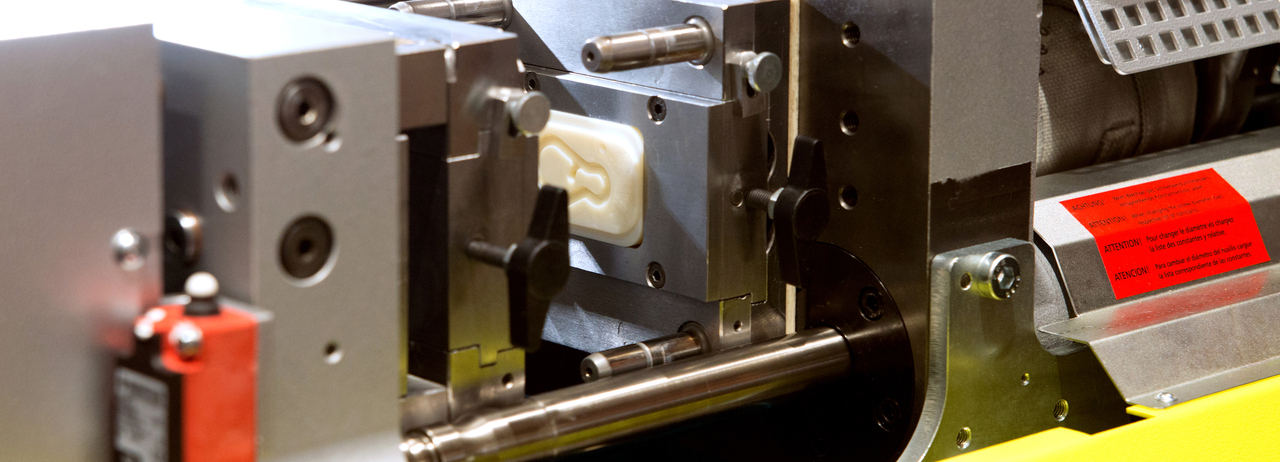
13 Advantages Of Injection Molding For High-Volume Manufacturing
Contact Us
For custom quotes please fill out the form below. Or email us at info@rmaengineering.tech.
